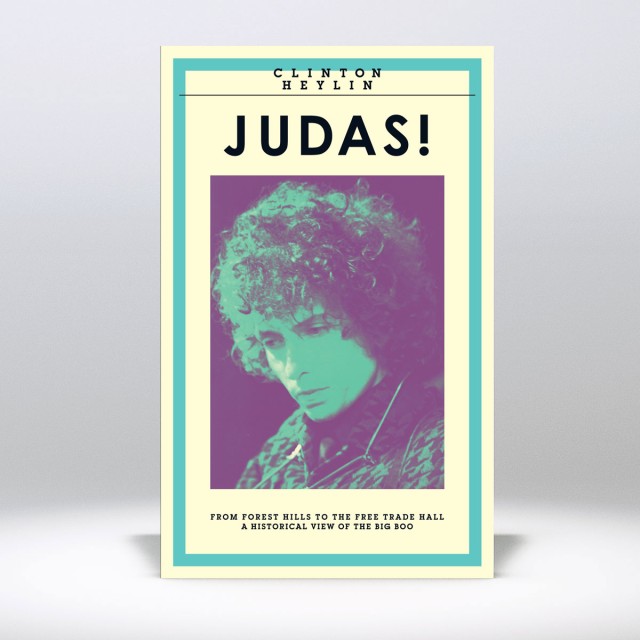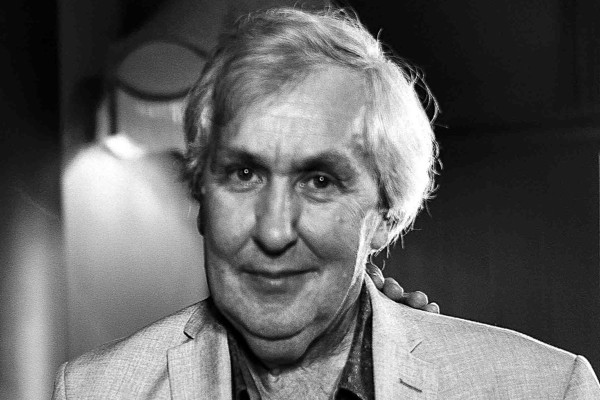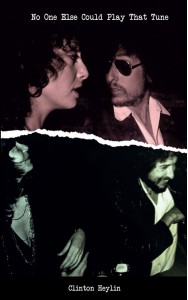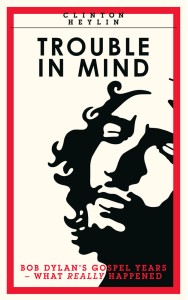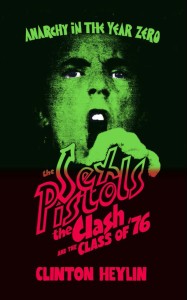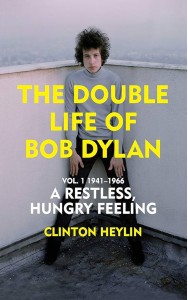From Forest Hills To The Free Trade Hall, A Historical View Of The Big Boo
‘Judas, the most hated name in human history! If you think you’ve been called a bad name, try to work your way out from under that. Yeah, and for what? For playing an electric guitar?’ – Bob Dylan
In 1966 There Was… the sell-out tour to end all tours. Bob Dylan and The Hawks found themselves at the epicentre of a storm of controversy. Their response? To unleash a cavalcade of ferocity from Melbourne to Manchester, from Forest Hills to the Free Trade Hall. For the first time, the full story can now be told from eye-witnesses galore; from timely reports, both mile wide and spot on; and from the participants themselves. And what better tour guide than Clinton Heylin, the esteemed Dylan biographer and one of the world’s leading rock historians. The price of admission? Thirty pieces of silver. The password? Play f***ing loud.
‘The definitive written account of Dylan’s historic and pivotal 1965-66 world tours.’ – Bobdylan.com
Signed Paperback
By buying direct from Route, you are helping to support independent publishing. If you prefer other options, here are links to Amazon and Kindle
Buy on Amazon | Kindle Editon
